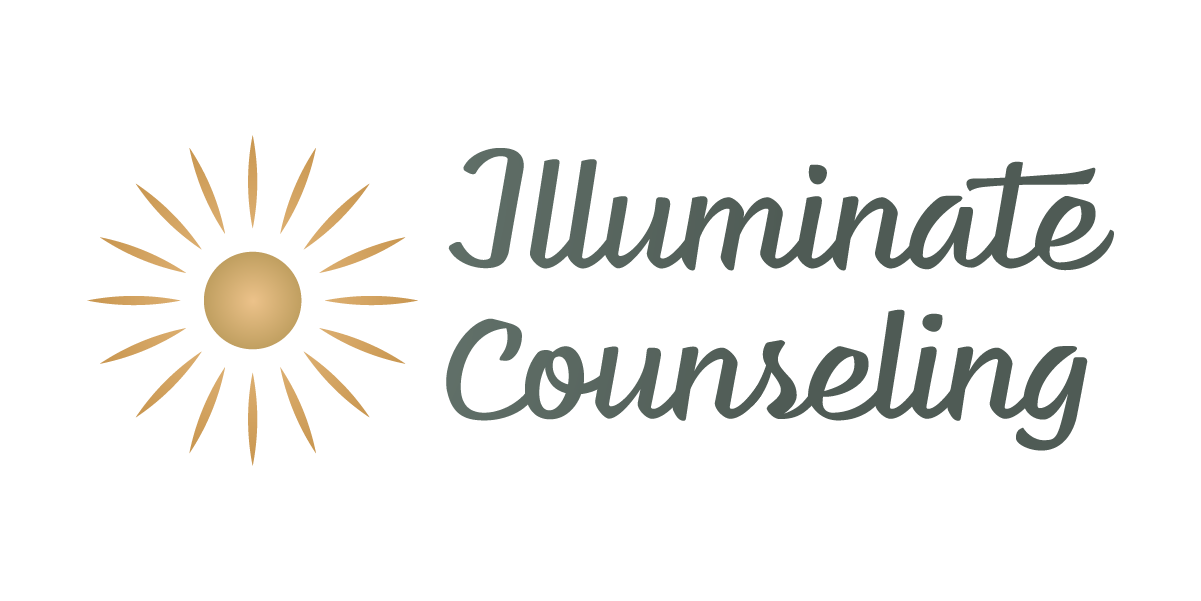Gratitude
November always brings thankfulness to the forefront of my mind. Through years of being asked as a kid to say things I’m thankful for, to leading projects as a teacher over thankfulness, to presently giving much greater attention to my emotional experiences, the weeks leading up to Thanksgiving have always brought intentional focus to gratitude.
Brene Brown defines gratitude as an emotion that reflects our deep appreciation for what we value, what brings meaning to our lives, and what makes us feel connected to ourselves and others.
Gratitude precipitates the transition from encountering things as nice and instead encountering things with a deep appreciation.
While gratitude can be an emotion, it’s a unique emotion in that it is also a practice.
Kristin Neff and Christopher Germer say gratitude involves recognizing, acknowledging, and being grateful for the good things in our lives.
In my own experience, gratitude has been key to slowing down. As much as I know experiencing all emotions is beneficial, I still prefer to experience the more positive ones. So, when I can find gratitude in my moments, it causes me to pause because I want to sit in that emotion as long as I can.
Robert Emmons, the leading scientific expert on gratitude, says it well, too, when he states that gratitude allows us to become greater participants in our lives as opposed to spectators. Gratitude takes us from the sidelines and makes us active participants in our experiences. It breathes life into what was once mundane and monotonous moments. Robert Emmons also says that instead of adapting to goodness, we celebrate goodness when we engage with gratitude.
Deep appreciation. Greater participants. Celebrate Goodness.
These words resonate with me as I’ve been studying and reading about gratitude. These experiences can be leaned into through any of our emotional experiences.
That’s a captivating thing about gratitude. While other emotions ebb and flow, gratitude can remain a constant. I’ve found that when the more challenging emotions are sticking around longer than I want them to or I find myself becoming more irritable for no apparent reason, I’ve often lost sight of gratitude.
There are a variety of ways to engage with gratitude. Journals, art, lists, prayers, mantras. I’ve found that it’s best to try and chose to do something daily to bring intentional focus to gratitude, although the specific practice I do each day often varies. And through consistent engagement with practices, it causes my thinking to become more naturally prone to a more grateful mindset.
This Thanksgiving season, I encourage you to take some time to sit with gratitude practices and create space to experience deep appreciation, become a greater participant in your life, and celebrate goodness.



